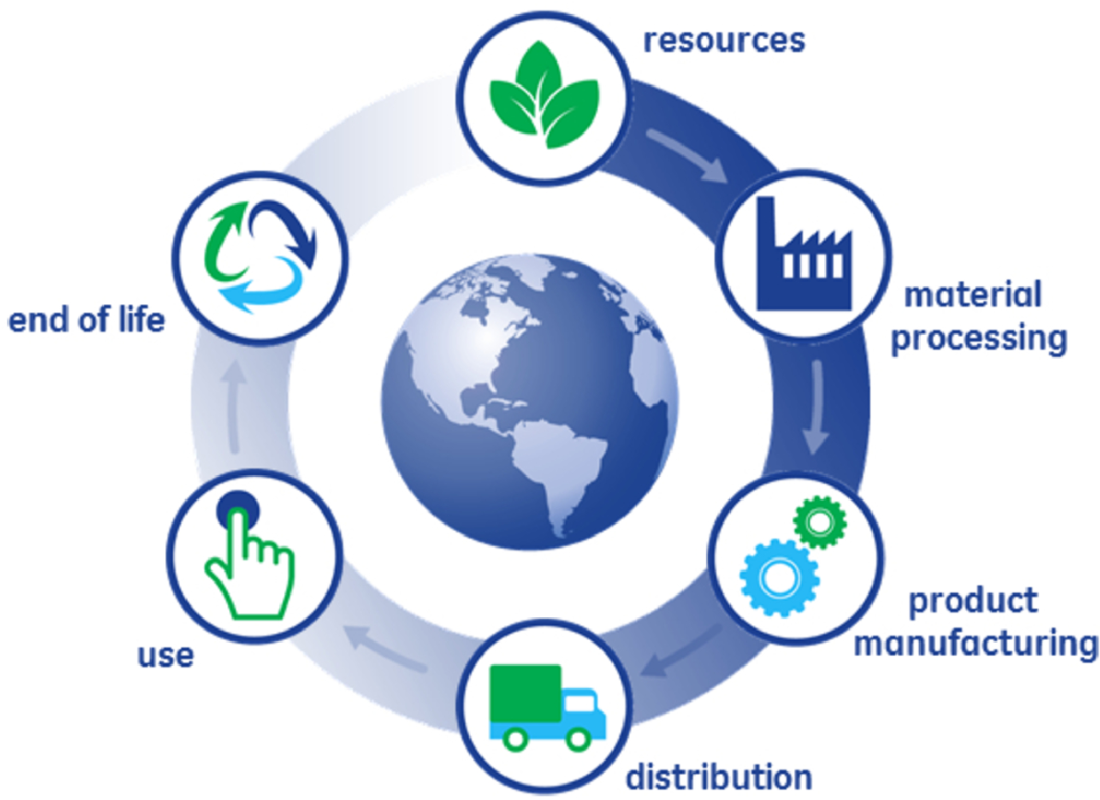
In the quest for sustainable living and environmental consciousness, understanding the carbon footprint of everyday products is crucial. One such often-overlooked item is paper, a seemingly innocuous material with a complex lifecycle.
Delving into the carbon footprint of paper decomposition reveals surprising insights into the environmental impact of this seemingly ubiquitous resource.
Paper Production and Carbon Emissions

The journey of paper begins with the logging of trees, typically followed by processing in pulp and paper mills. This stage alone contributes significantly to the carbon footprint of paper, as the machinery involved is often powered by fossil fuels. Additionally, transportation of raw materials and finished products adds to the emissions.
According to the Environmental Paper Network, the paper industry is the fourth-largest industrial emitter of greenhouse gases globally, accounting for 9% of manufacturing sector emissions. The carbon footprint of paper production can vary depending on the type of paper and the efficiency of production processes.
The Decomposition Process

When paper reaches the end of its useful life, whether it’s a newspaper, cardboard box, or office document, it begins its journey toward decomposition. Unlike plastic, paper is biodegradable, and its decomposition involves the breakdown of cellulose fibers by microorganisms.
In natural conditions, paper decomposes relatively quickly compared to many other materials. Factors such as moisture, temperature, and the presence of microorganisms influence the speed of decomposition. In optimal conditions, it can take anywhere from a few weeks to a few months for paper to break down entirely.
Methane Emissions from Landfills

While paper is biodegradable, the story takes a turn when it ends up in landfills. In these anaerobic conditions, where oxygen is limited, the decomposition process changes. Instead of breaking down aerobically and producing carbon dioxide (CO2), paper in landfills undergoes anaerobic decomposition, leading to the production of methane (CH4).
Methane is a potent greenhouse gas, with a global warming potential many times greater than carbon dioxide over a short timeframe. The Intergovernmental Panel on Climate Change (IPCC) estimates that methane’s warming potential is 25 times that of CO2 over a 100-year period.
Therefore, when paper decomposes in landfills, it contributes significantly to the overall carbon footprint due to methane emissions.
Recycling as a Mitigation Strategy
One effective way to reduce the carbon footprint associated with paper is recycling. Recycling paper involves collecting used paper, breaking it down into pulp, and reusing it to produce new paper products. This process requires less energy and fewer raw materials compared to producing paper from virgin fibres.
The Carbon Trust, a leading organisation in carbon reduction, states that recycling paper can save up to 70% of the carbon emissions associated with making paper from virgin materials.
By diverting paper from landfills and incinerators, recycling not only mitigates the methane emissions issue but also conserves forests and reduces the demand for energy-intensive paper production processes.

Energy Use in Recycling
While recycling offers significant environmental benefits, it is not without its own energy demands. The collection, transportation, and processing of recycled materials require energy, and the efficiency of recycling facilities plays a role in determining the overall carbon footprint of recycled paper.
Modern recycling facilities equipped with energy-efficient technologies can help minimise the carbon emissions associated with the recycling process. Additionally, advancements in waste collection and transportation methods, such as electric or hybrid vehicles, contribute to reducing the overall environmental impact of recycling.
Life Cycle Assessment (LCA) of Paper

To comprehensively evaluate the environmental impact of paper, a life cycle assessment (LCA) is often conducted. An LCA considers the entire lifecycle of a product, from raw material extraction to production, use, and disposal.
LCAs provide a holistic view of the environmental impact, including greenhouse gas emissions, energy consumption, and resource depletion.
Studies have shown that the type of paper, recycling rates, and production methods significantly influence the outcomes of LCAs. For instance, a study published in the Journal of Cleaner Production found that recycled paper made from post-consumer waste had a lower carbon footprint compared to paper made from virgin fibres.
Paper Straws are not Eco-friendly

Paper straws, often heralded as an eco-friendly alternative to their plastic counterparts, ironically contribute to environmental challenges. While paper straws decompose faster than plastic ones, their production has significant ecological consequences.
Manufacturing paper straws involves intensive resource extraction, deforestation, and energy consumption, leading to habitat loss and increased carbon emissions. Additionally, the manufacturing process requires chemicals and water, posing pollution risks.
Moreover, the durability of paper straws is a concern. They often disintegrate or become mushy, leading to a higher likelihood of single-use item disposal. This short lifespan necessitates more frequent replacements, exacerbating the overall environmental impact. Consumers may also find themselves using multiple paper straws in a single sitting, diminishing the perceived eco-friendliness.
In the end, while the intent behind paper straws is to reduce plastic pollution, their environmental footprint extends beyond initial use, highlighting the complex trade-offs involved in sustainable choices.
Consumer Awareness and Sustainable Choices

As consumers, our choices play a crucial role in shaping the demand for products and influencing industry practices. Being aware of the carbon footprint of paper and opting for sustainable alternatives can contribute to a positive environmental impact.
Choosing recycled paper products, reducing paper consumption through digital alternatives, and supporting companies committed to sustainable practices are effective ways to minimise the carbon footprint associated with paper.
Conclusion
The carbon footprint of paper decomposition is a multifaceted issue that goes beyond the simple act of discarding used paper. From the initial stages of logging and paper production to the final moments of decomposition, each step contributes to the overall environmental impact.
While paper’s biodegradability is a positive feature, the shift to recycling and responsible consumer choices is crucial in mitigating the carbon emissions associated with its lifecycle.
As we navigate the challenges of environmental sustainability, understanding the intricate web of factors contributing to the carbon footprint of paper decomposition empowers us to make informed choices for a greener future.




